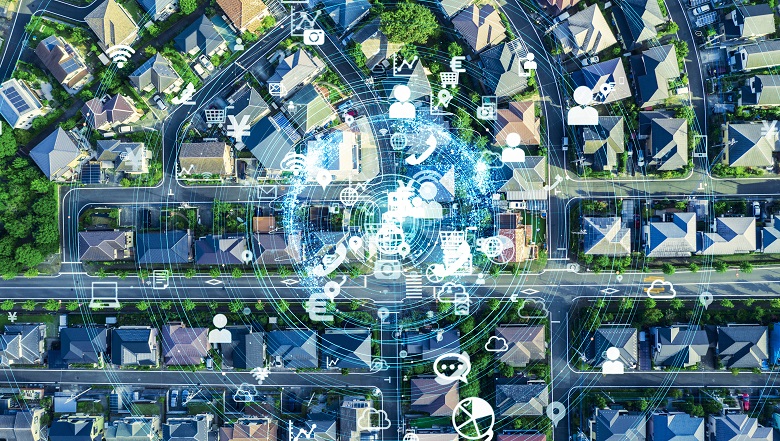
In happier days, it was used by governments to gain insights into the quality of life and wellbeing of communities.
Today, the Neighbourlytics digital intelligence platform offers a tool to help local agencies respond, adapt and survive as the world stares down a global pandemic, according to its creators.
The platform works by harvesting digital data about neighbourhoods from publicly available sources like Google, Facebook, blogs and community and business pages to provide real time community intelligence.
Right now that information is more important than ever before as governments seek granular information about how the coronavirus outbreak is impacting their communities, says Neigbourlytics co-founder and chief growth officer Lucinda Hartley.
“Currently we’re being asked to use it in all kinds of crazy ways because of Covid-19,” she told Government News.
“In our current environment our neighbourhoods are changing perhaps faster than they have ever changed.
“At the same time we’re not allowed to survey or talk to anybody, so this is an incredibly rich source of information to understanding how local communities are doing both from an economic and social perspective.”

Public information
Ms Hartley says Neighbourlytics uses public data to create a population view that reflects how people are behaving and the lifestyle choices they are making.
The platform has previously been used by governments, urban planners and property developers to understand local economic patterns and identify how people engage with local assets and places.
The data provides a real time view not just of physical assets but the social and cultural life of a place, she says, which can inform budgetary decisions and strategic policy.
Now, the company is being asked to identify the changes being brought about by COVID-19 by agencies that are making decisions about how to support local business ecosystems – whether it’s through stimulus packages, targeted programs or initiatives like helping local business digitise.
“Everyone is understandably challenged by this crazy overnight reboot that we find ourselves in,” Ms Hartley says.
“The traditional data that people have, which might be a business register from last year, isn’t dynamic enough. We’re able to provide real time insights, a temperature check of how well local economies are going.”
Charting shifting community behaviour
The tool can also create valuable metrics around community resilience, Ms Hartley says, by showing where communities are adapting well to the brave new world and where others are struggling.
“Previously we would measure a whole lot of information that’s indicative of people accessing gyms or exercising in the park or attending a meetup group,” she says.
“Now that’s no longer happening, but people are still exercising in their homes and they’re still posting about it, and we’re seeing a big shift in the way people are exercising and interacting.
“We are also seeing changes in the way people interact with neighbours and services in their life, and how businesses are adapting, such as cafes reinventing themselves overnight as takeaway stores.
“We are mapping and monitoring that in real time, and it becomes an indicator of resilience.”
Neighbourlytics is currently undertaking a second round of its Launch Cities program which is designed to help local government areas build a data baseline which they can use for future planning.
City of Sydney, City of Parramatta and Norwest Councils in NSW and Victoria’s Moreland, Monash and Glen Eira councils participated in the first round that began in January.
More information is available here.
Comment below to have your say on this story.
If you have a news story or tip-off, get in touch at editorial@governmentnews.com.au.
Sign up to the Government News newsletter
